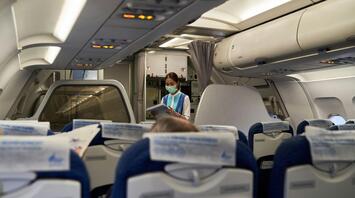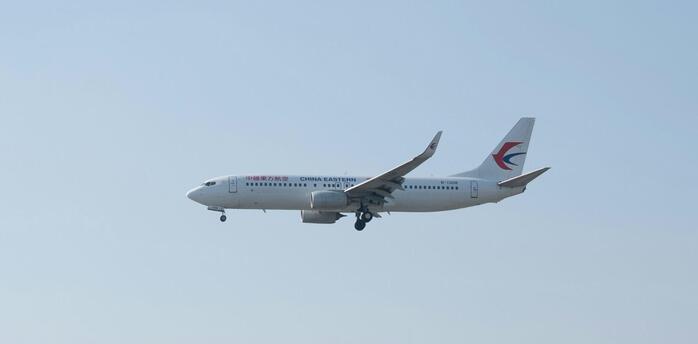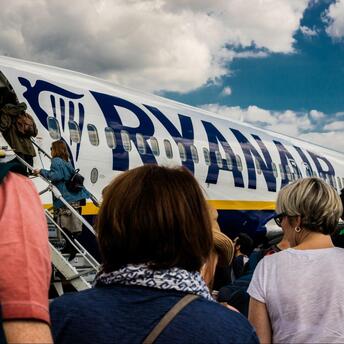Passenger Behavior Raises Concern: Flight Attendants Report Increasing Incidents of Unwanted Touching

In a perplexing trend, flight attendants are voicing concerns over the frequency with which passengers physically engage with cabin crew during flights. The question arises: Why do passengers feel compelled to touch flight attendants?
The issue extends beyond mere attempts to get attention; it delves into a deeper realm of social norms and personal boundaries. A veteran flight attendant, with 33 years of experience, poses a thought-provoking query: Why do passengers resort to physical contact with cabin crew, a behavior seldom witnessed in other professions?
While some might attribute such behavior to outdated stereotypes or misconceptions about the role of flight attendants, the reality appears more nuanced. Passengers, too, experience unwarranted physical contact from crew members, raising questions about the underlying dynamics of interpersonal interactions within the confined space of an airplane cabin.
The crux of the matter seems to lie in the convergence of diverse cultural backgrounds and individual preferences within the enclosed space of an aircraft. The close proximity among passengers and crew members, coupled with varying cultural norms regarding personal space, often leads to inadvertent breaches of boundaries.
It's evident that physical proximity, inherent to air travel, inadvertently blurs the lines of personal space, prompting passengers and crew alike to navigate through a maze of social cues and expectations. However, it's crucial to differentiate between innocuous gestures of apology or assistance and inappropriate or invasive forms of touch.
Overtly sexual or offensive behavior warrants swift condemnation. The subtle nuances of interpersonal touch underscore the need for a better understanding of cultural norms and boundaries.
As we ponder the underlying reasons behind this phenomenon, it becomes clear that addressing the issue requires a multifaceted approach, encompassing education, awareness, and respectful communication. Only by fostering a deeper understanding of individual boundaries and cultural differences can we mitigate instances of unwanted physical contact onboard flights.
The question remains: What motivates passengers to engage in physical contact with flight attendants, and how can we foster an environment of mutual respect and understanding within the confines of an aircraft cabin?



















